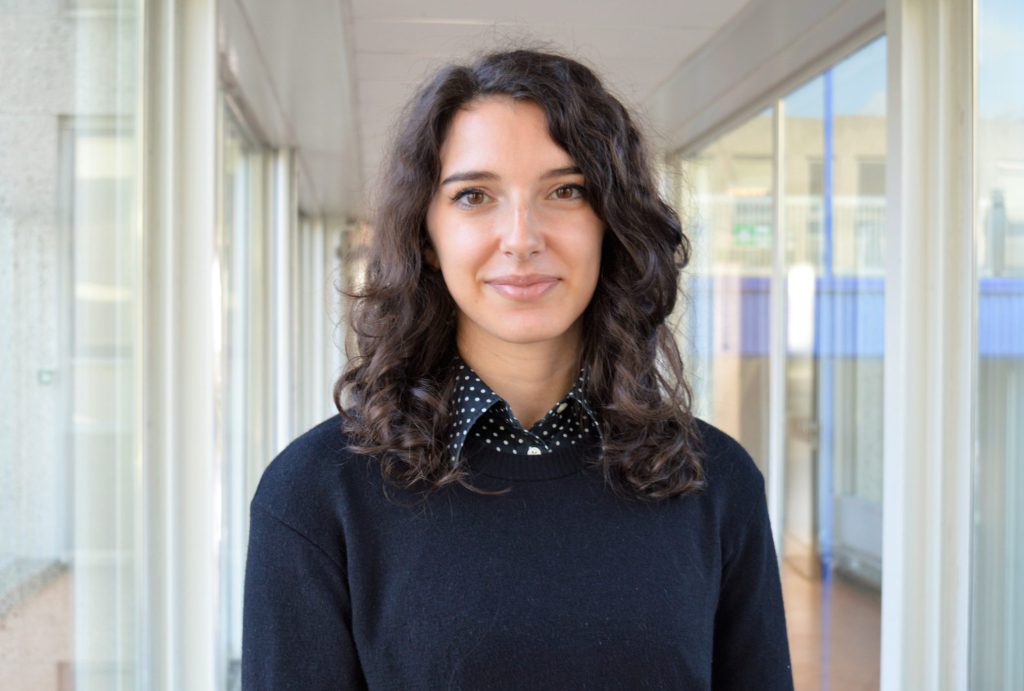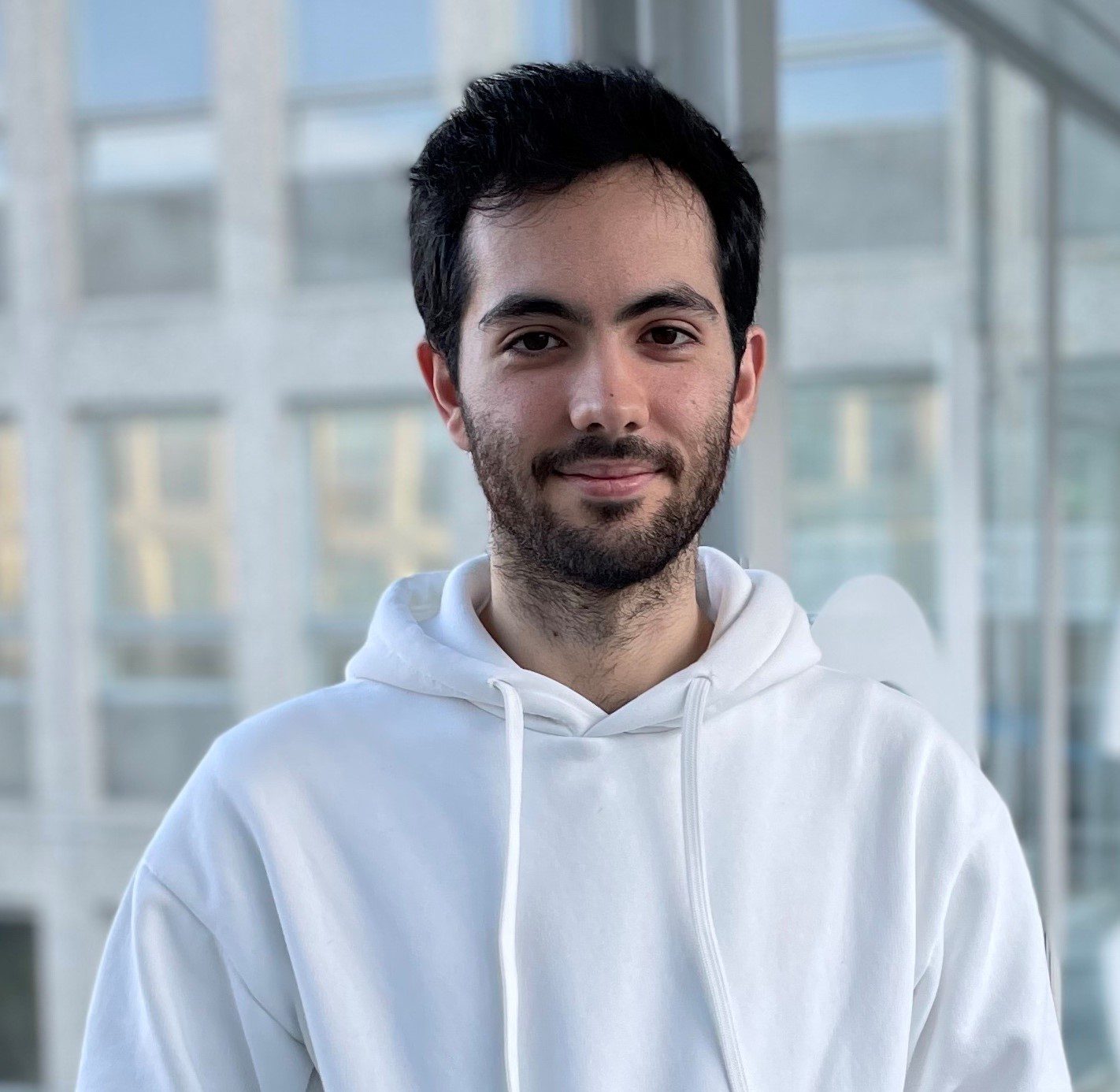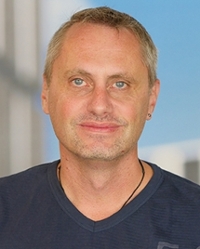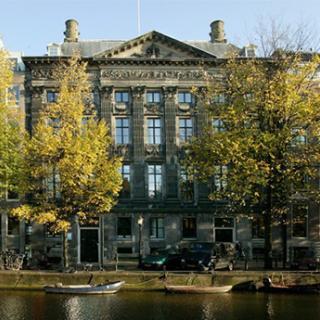13th QSC General Assembly in Amsterdam
We cordially invite you to the 13th General Assembly of the Quantum Software Consortium (QSC), which will take place in Amsterdam on 12 June 2025. It will be organised by Tim Coopmans (QuTech, TU Delft) and Doutzen Abma (QuSoft, UvA). There will be several presentations ranging from mathematics, cryptography and quantum information to experimental quantum optics. Álvaro G Iñesta (QuTech, TUD), Mariagrazia Iuliano (QuTech, TUD), Jeremy Young (IoP, UvA) and Serge Fehr (CWI, UL) will give talks.

Mariagrazia Iuliano (QuTech, TUD) Jeremy Young (IoP, UvA)


Álvaro G Iñesta (QuTech, TUD) Serge Fehr (CWI, UL)
10:00 - 10:30 Coffee and welcome
10:30 - 10:40 Opening
10:40 - 11:20 Álvaro G Iñesta (QuTech, TU Delft) -
Entanglement Buffering for Scalable Networks: How Imperfect Memories Can Beat Perfect Storage
11:20 - 11:50 Junior Session (Wolfgang Löffler and students) - QSC Junior Days
11:50 - 13:15 Lunch
13:15 - 13:55 Mariagrazia Iuliano (QuTech, TU Delft) - A Quantum Internet testbed using NV centers in diamond
13.55 - 14.35 Jeremy Young (Institute of Physics, UvA) -
Symmetries in Open Quantum Systems: Autonomous Error Correction and Quantum Metrology
14:35 - 15:00 Break
15:00 - 15:50 Serge Fehr (CWI, Univ Leiden) - On the (In)security of the BUFF Transform
15:50 - 16:00 Closing
16:00 - 17:00 Drinks & snacks
Álvaro G Iñesta (QuTech, TU Delft) - Entanglement buffering for scalable networks: How imperfect memories can beat perfect storage
Mariagrazia Iuliano (QuTech, TU Delft) - A quantum internet testbed using NV centers in diamond
A future Quantum Internet enables performing applications among distributed quantum processors in a network, covering large distances [1]. Some of these applications include: secure communication, distributed quantum computation and blind quantum computation. NV-centers in diamonds have proven to be an excellent testbed system for exploring quantum network protocols and applications thanks to their well-established photonic interface and the possibility of processing quantum information. The excellent control over this system has enabled lab demonstrations such as quantum teleportation between non-neighboring quantum network nodes [2] as well as heralded entanglement between processors at metropolitan distances [3]. These advances lay the foundation for exploring more advanced quantum network applications as well as the requirements for a crucial software stack.
In this talk, we present the demonstration of the world-first software architecture, QNodeOS [4], capable of executing quantum network applications on quantum processors via platform-independent high-level software. The synergy between experimental physics and computer science achieved in this work poses the ground for the advancement in quantum network programming and paves the way for bringing Quantum Internet technology to society.
[1] S. Wehner. et al., “Quantum Internet: A Vision for the Road Ahead”, Science 362, 1–9 (2018).
[2] S. L. N. Hermans et al., “Qubit teleportation between non-neighbouring nodes in a quantum network” Nature 605, 663–668 (2022).
[3] A. J. Stolk et al. “Metropolitan-scale heralded entanglement of solid-state qubits”,. Science Advances 10, 44 (2024).
[4] C. Delle Donne, M. Iuliano, B. van der Vecht, et al., “An operating system for executing applications on quantum network nodes”, Nature 639, 321–328 (2025)
Quantum systems are crucial to developing new technologies and studying fundamental science. However, current systems cannot be fully isolated from the environment, which can introduce detrimental noise effects that
destroy useful quantum features in these open quantum systems. Nevertheless, in some circumstances it is possible to instead utilize the environment as a resource via symmetries. Although the implications
of symmetries in Hamiltonian systems are well-understood, in open quantum systems the situation is more complex.
In this talk, I will show how two classes of symmetry exist for open quantum systems, “weak” and “strong”, and I will demonstrate the utility of strong symmetries via two examples. First, I will identify connections between steady state phase transitions and autonomous error correction, a form of quantum error correction in which active measurement and feedback is no longer needed. Second, I will show how strong symmetries allow for the preparation of highly-entangled collective states known as spin-squeezed states, which can be experimentally realized in optical cavity systems for quantum-enhanced metrology.
Serge Fehr (CWI, MI, Univ Leiden) - On the (In)security of the BUFF Transform
Digital signatures play an indispensable role in modern cryptography, both in the theory and in practical applications. The gold standard security property for digital signatures is "unforgeability" (under chosen message attacks), demanding that it is computationally infeasible to produce a valid signature without knowing the secret key. However, in applications, possibly designed by software engineers that don't have a rigorous understanding of cryptographic security, digital signatures may be slightly abused and their security guarantee (unknowingly) overstretched. In the worst case, this results in insecure applications.
Motivated by such (potential) non-standard uses of digital signature schemes in complex applications, the latest NIST call for post-quantum secure signature schemes explicitly recommends additional security properties (beyond standard unforgeability). As a consequence, several of the NIST submissions (explicitly or implicitly) employ the BUFF-transform, which is a generic way to obtain these additional security properties - at least that was the common belief...
In a recent line of work, we show that the situation is actually more complicated, in that one of these additional security properties (called "non-resignability") turns out to be rather elusive. Concretely, we observe that the original analysis of the BUFF transform is incorrect, and we argue that non-resignability in its original formulation is actually (almost) unachievable; in particular, it is not achieved by the BUFF transform, thus invalidating prior such claims. We then consider a slightly weaker variant of the formal definition of non-resignability, which circumvents the negative result, and we show that whether the BUFF transform achieves this variant depends on subtle details.


